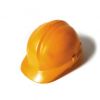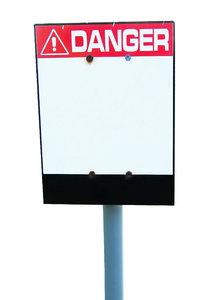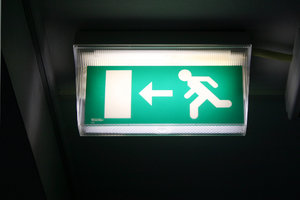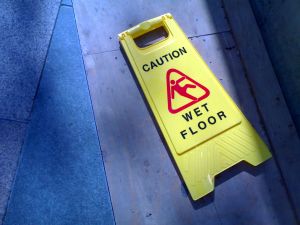The number of fatal Massachusetts work accidents jumped almost 20 percent last year, according to new statistics released by the U.S. Department of Labor’s Bureau of Labor Statistics. 
Our Massachusetts workers’ compensation attorneys are looking at published results in a series of blog entries. Today, we are looking at the 63 fatal work accidents reported last year in Massachusetts. That’s up from the 54 fatal accidents reported in 2010. Massachusetts is one of 23 states to report an increase in fatal work accidents. Hundreds of others are injured on the job each year.
Workplace violence beat out transportation accidents as the leading cause of death on the job in Massachusetts. Nineteen employees were killed by workplace violence — 17 died in transportation accidents. Delaware, the District of Columbia and New York City were the only other places in the nation to report more deaths by workplace violence than by transportation accidents, which account for about 40 percent of all workplace deaths nationwide.
Fatal Massachusetts Work Accidents by Cause in 2011:
Violence: 19 Transportation: 17 Fires or Explosions: 3
Falls: 8 Exposure to harmful substance: 5 Contact with object/equipment: 9
Fatal Work Accidents in New England in 2011 (2010):
Massachusetts: 63 (54)
Maine: 26 (20)
Rhode Island: 7 (9)
Connecticut: 36 (49)
New Hampshire: 9 (6)
Massachusetts workers’ compensation benefits will pay benefits to an injured employee to cover cost of medical care and lost wages in the event of an accident. Survivor benefits are also available to the family of an employee who is killed on the job. In some cases, this assistance may continue via weekly compensation checks until a dependent child graduates from college. The Massachusetts Workers’ Compensation Act also provides burial expenses and the cost of probate filing, including legal fees.
A surviving spouse who does not remarry is entitled to 2/3 of a deceased spouse’s pay for 250 weeks. In some cases, the parents of a deceased employee may also be entitled to survivor’s benefits. Children may receive benefits until emancipated. However, the amount remains the same regardless of the number of children, so as children are emancipated, the amount paid to remaining dependents increases.
These are complex cases, and certainly an experienced workers’ compensation law firm or wrongful death attorney should be contacted in the immediate aftermath of a fatal work accident. Children do not have to be living with the deceased parent to collect benefits, however they must be judged dependent upon that parent. Too often, a family is victimized a second time by not knowing or understanding all of the benefits to which they are entitled. While nothing can bring back a lost loved one, having the financial resources to which you are entitled is never too much to ask.
Continue reading
 Massachusetts Workers Compensation Lawyers Blog
Massachusetts Workers Compensation Lawyers Blog












